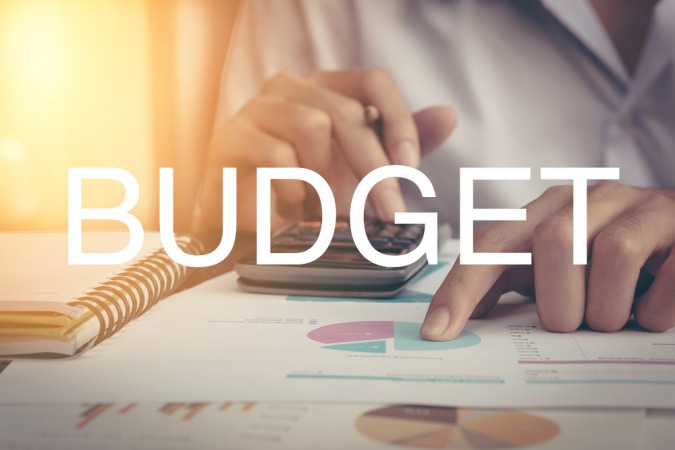How to Create a Budget With 3 Simple Steps

Budgeting is a simple way to monitor spending and an effective way to increase savings. The golden rule of budgeting is to never spend more than you make.
Here are some easy steps to follow while putting together a budget:
1. Income
Your first order of business should be figuring out your income. It is a common mistake to use your full income when deciding building a budget. You should always remember to take out taxes and other funds that will be taken from your paycheck before you spend a dime.
If you are on a salary, you can wait until your first check arrives to multiply that by the yearly pay period. If you are on an hourly wage you may just have to calculate an estimated amount of hours you will work in the year and multiply that by a tax deducted hourly payment.
2. Expenses
Expenses can generally fit into one of three categories: fixed monthly expenses, variable monthly expenses and surprise expenses. In order to keep track of these expenses it is best to closely monitor your spending for a month, or even better, two months. The best way to keep a handle on spending is to keep your bank statements and receipts instead of trying to trust your memory.
Fixed Monthly Expenses
As the name suggests, these expenses stay the same each month. Things such as rent, insurance, car payments bills and loans are fixed monthly expenses.
Variable Monthly Expenses
These are expenses you have every month that may fluctuate. Gas, groceries, eating out and other socializing i.e. drinking, movies fall under the variable monthly expenses category.
Surprise Expenses
Although these may not occur monthly — but every now and then — you will have the misfortune of having your car break down, or need to replace a computer usually something that you weren't planning on spending money on. Surprise expenses can also be good things: Maybe you just found out your favorite band is performing at a local venue.
Always round up when averaging these expenses. The worst that will come of it is overshooting your spending and ending up with excess money at the end of the month.
Find the Best Savings Account Rates - Compare Now
Unlock exclusive savings rates and gain access to top-tier banking benefits.
3. Income Less Expense
The final step of the equation is making sure that when you subtract your expenses from your income you have a positive figure. Remember: Never spend more than you're making. A good rule of thumb is to spend 90% of your paycheck. The way it should break down is:
- 70% on fixed expenses
- 15% on variable expenses
- 5% on surprise expenses. If you have no surprise expenses for the month you can either roll the 5% over to the next month or put it into savings along with the other 10%.
Although this seems very simple, sometimes life gets too hectic to monitor ever dollar you spend. Making sure to follow through on these steps is the most challenging part.
Once you start getting into the swing of things, reevaluate your budget. You should check every couple of months to see if you need to make any adjustments. A budget does not have to be set in stone. In fact, it is probably better if you make a few tweaks here and there until you find the right fit.

